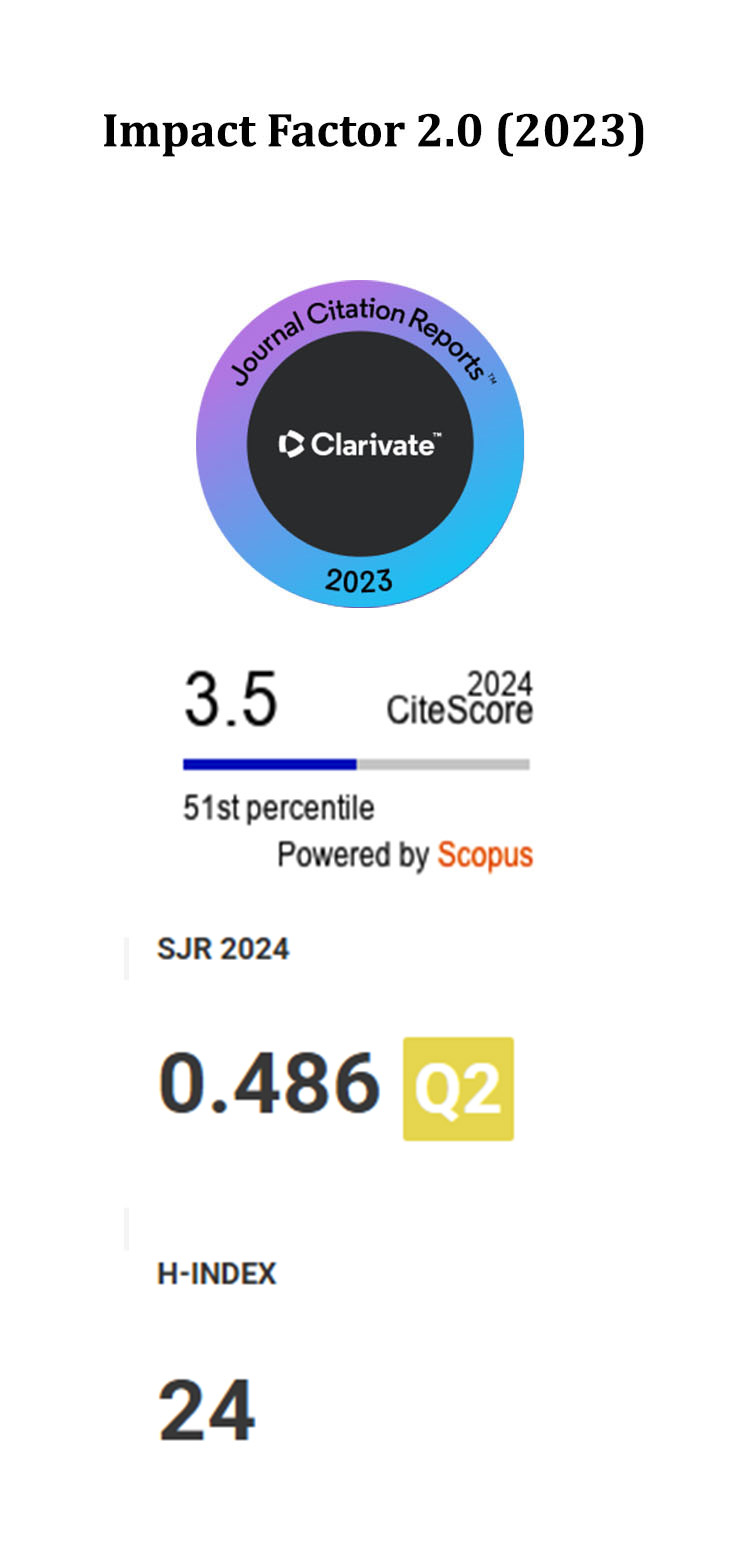Estimation and Recognition Methods of Human Gait Pose based on Computer Vision and Transformer
DOI:
https://doi.org/10.5755/j01.itc.54.1.38054Keywords:
Computer vision, Transformer, Human gait, Pose estimation, Infrared imageAbstract
Human gait pose estimation and recognition, as an emerging biometric technology, have advantages such as no need for target object cooperation, difficulty in forgery, and long-distance recognition. However, compared with traditional biometric special recognition, it is more susceptible to the influence of target object's arbitrary motion. In response to the above issues, the study introduces heterogeneous transfer learning to construct a human gait pose estimation and recognition method based on computer vision and Transformer, and improves it using the perspective gradually shift training method based on this. The research results indicated that the improved human gait pose estimation and recognition model had good recognition performance in 11 perspectives with intervals of 16° from 0° to 180°, and the corresponding change curve remained stable, with an average recognition rate of over 97%. The average initial validation rate of the improved model was 65.32% higher than before, and the maximum validation rate of the improved model achieved significant improvement from different angles. In comparison with other mainstream algorithms, the improved model proposed in the study had the highest average validation rate and average accuracy, which were 98.56% and 97.51%, respectively, and the corresponding average improvement index was greater than 20%. The above results confirm the performance and reliability of the research method, providing new solutions for the problem of human gait pose estimation and recognition in complex scenes.
Downloads
Published
Issue
Section
License
Copyright terms are indicated in the Republic of Lithuania Law on Copyright and Related Rights, Articles 4-37.




